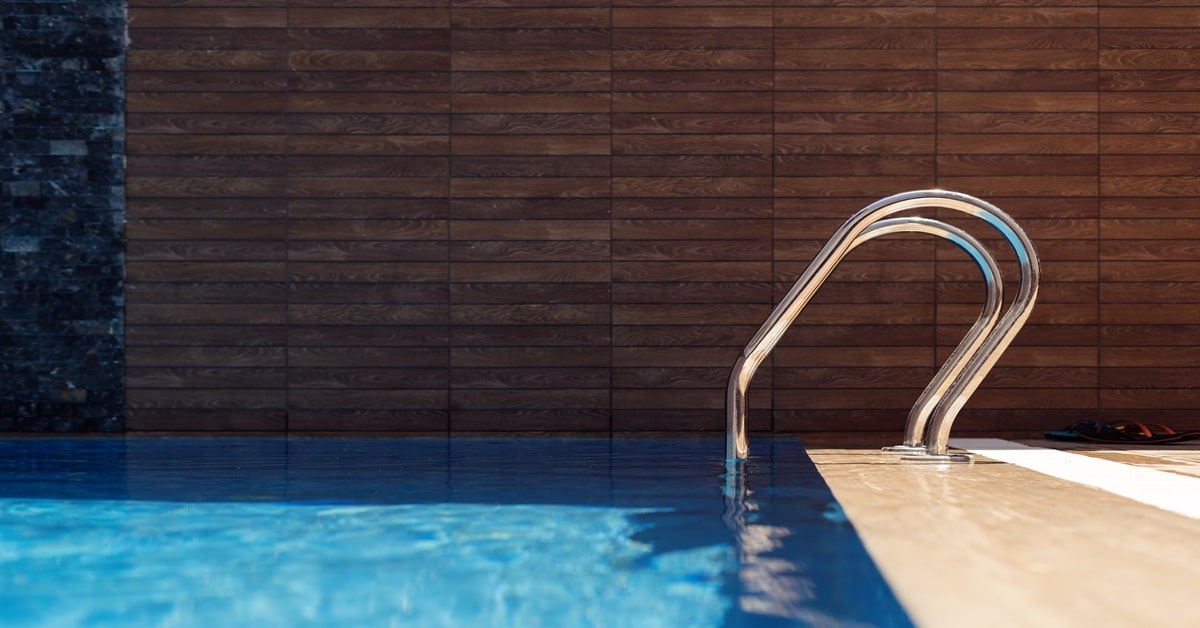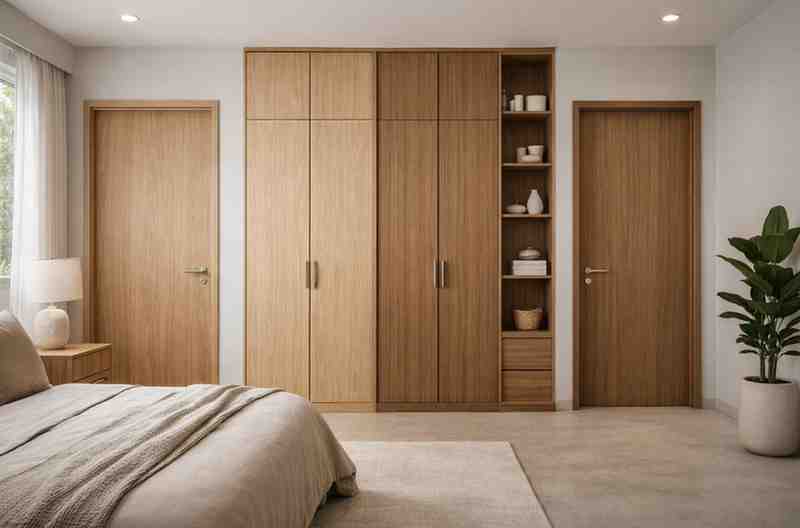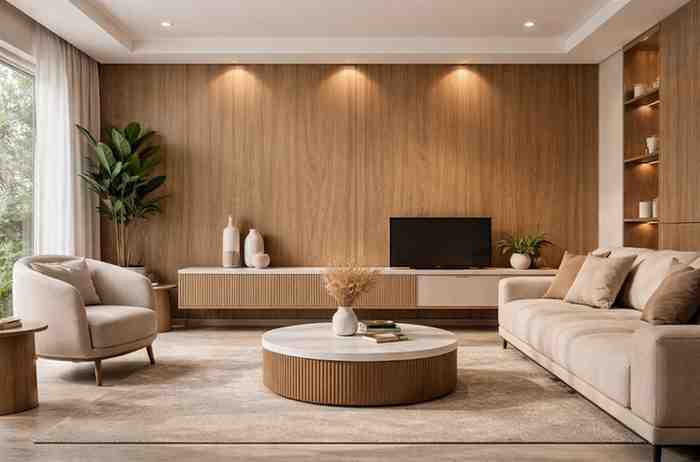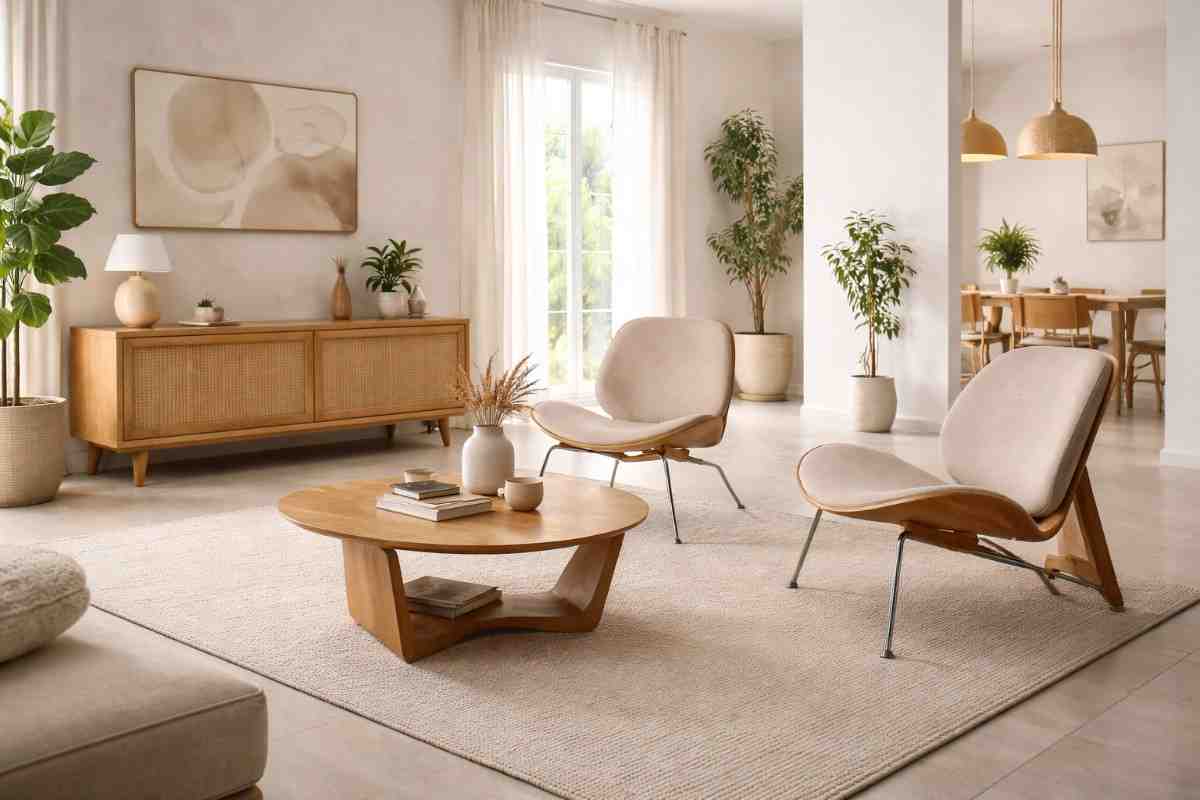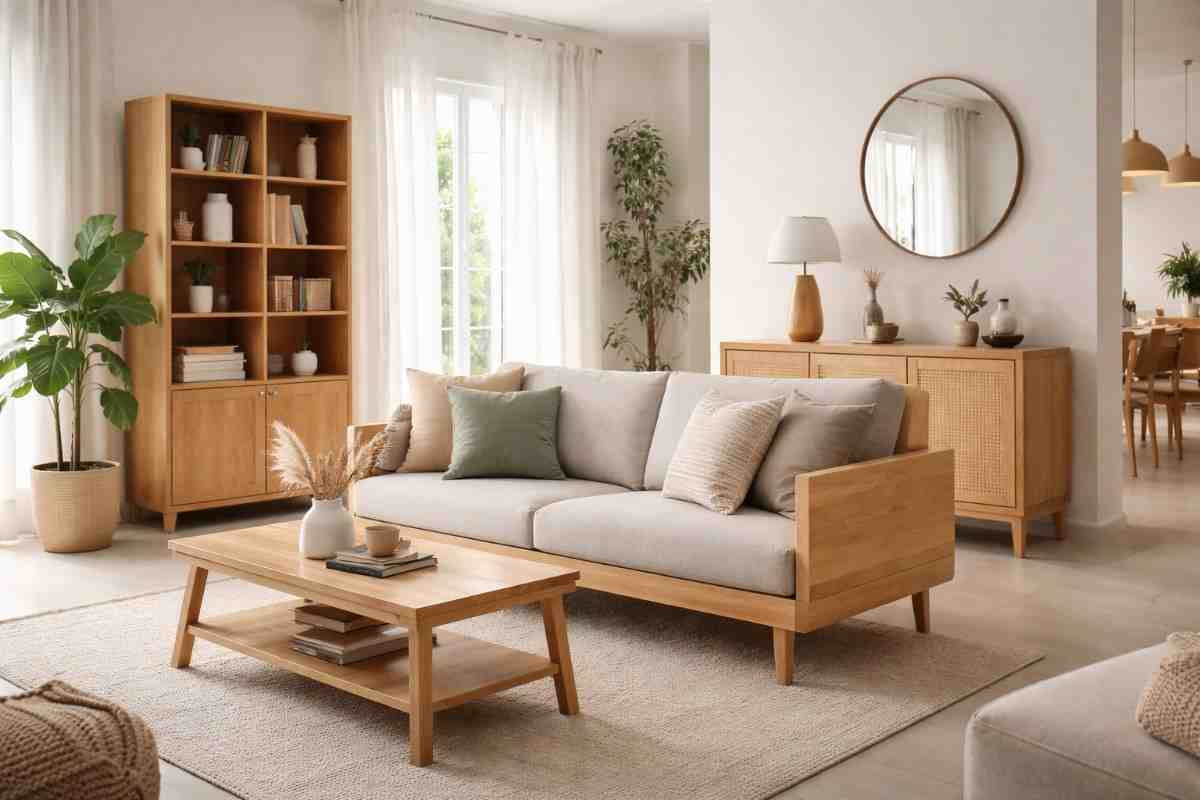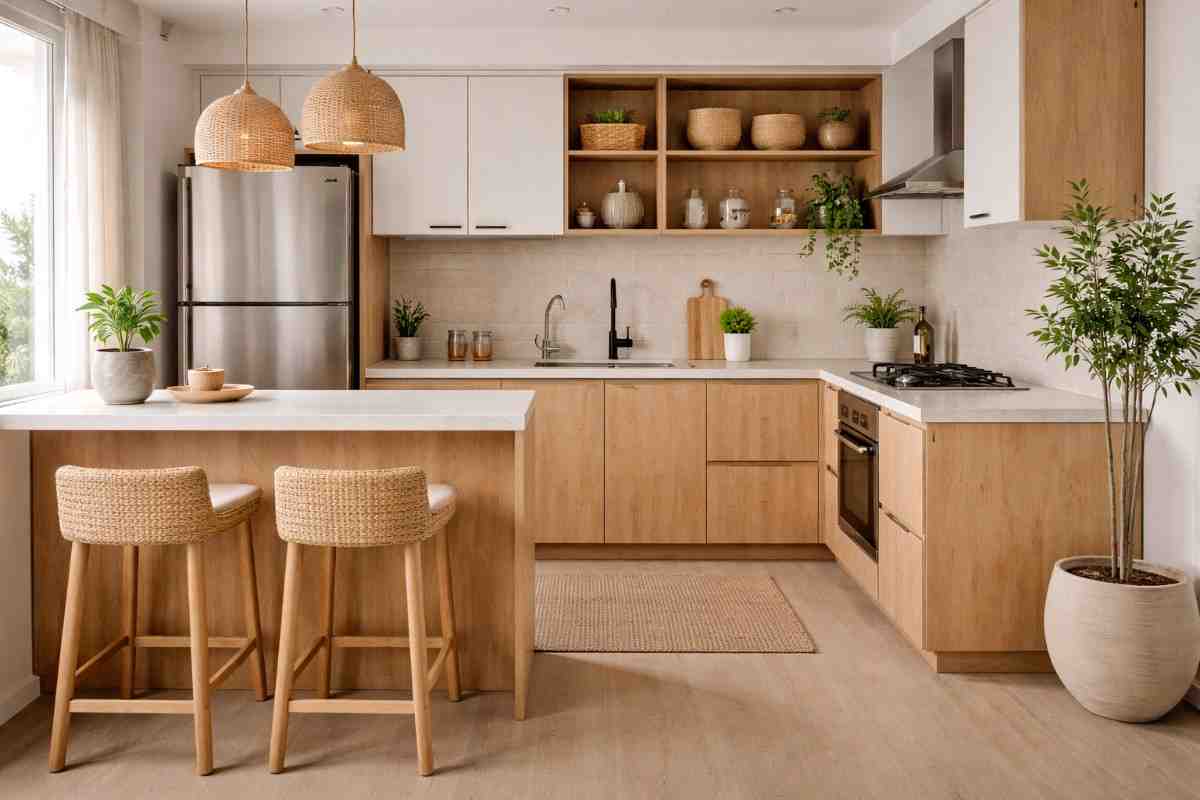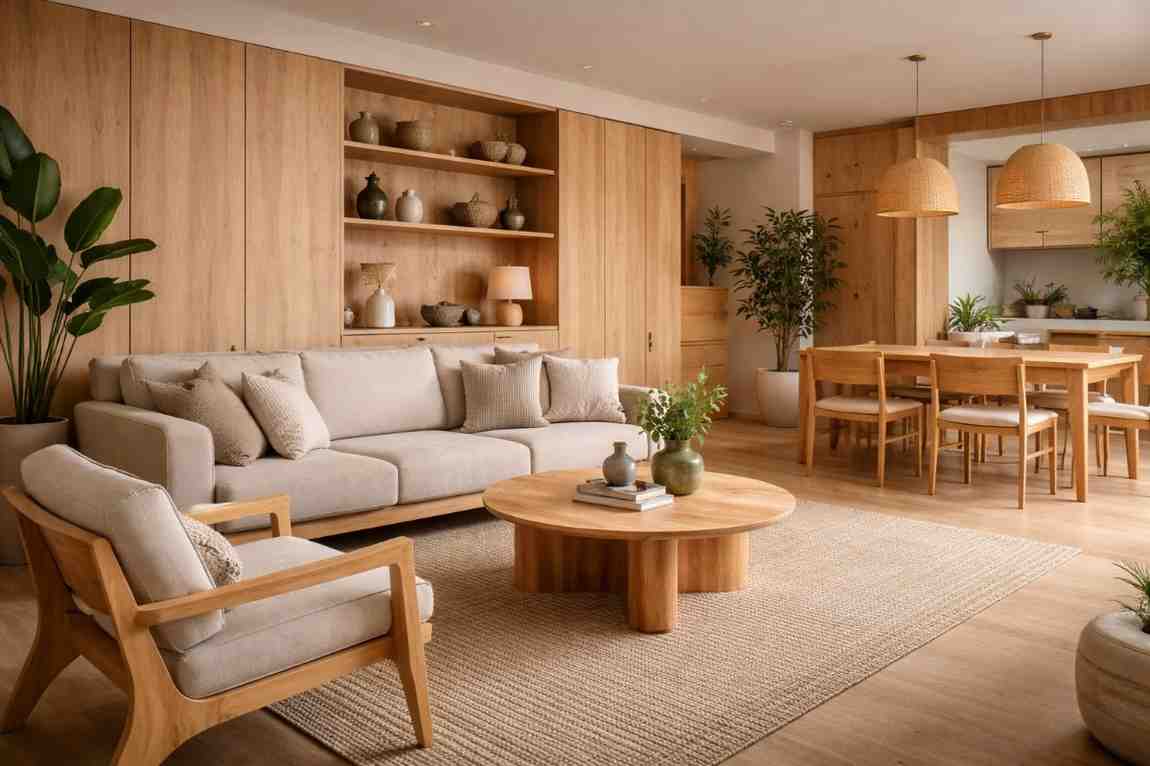Introduction
Plywood is a versatile construction material, and its durability often depends on its ability to resist moisture. Among the numerous types of plywood available, marine plywood and waterproof plywood are two popular options for moisture-resistant applications. While they share similarities, their distinct features make them suitable for different uses. This blog delves into the key differences between marine plywood and waterproof plywood to help you choose the right material for your needs.
What is Marine Plywood?
Marine plywood is a high-grade plywood designed to withstand prolonged exposure to water. It’s commonly used in environments where contact with water or high humidity is unavoidable.
Key Characteristics
- Composition: Made from high-quality hardwood veneers.
- Glue: Uses water-resistant phenolic resin, ensuring strong bonding even in wet conditions.
- Durability: Resistant to delamination, warping, and fungal attacks.
- Standards: Often complies with BS 1088 or similar marine-grade standards.
Applications
- Boat building and repair.
- Dock and pier construction.
- Outdoor furniture and structures.
- Kitchens and bathrooms where consistent moisture is present.
What is Waterproof Plywood?
Waterproof plywood, often referred to as BWP (Boiling Water Proof) plywood, is designed for applications where occasional exposure to water is expected. It provides significant water resistance but is not as robust as marine plywood for prolonged water immersion.
Key Characteristics
- Composition: Made from a mix of hardwood and softwood veneers.
- Glue: Uses synthetic resins like phenol-formaldehyde for water resistance.
- Durability: Resists swelling and warping due to limited water exposure.
- Cost: Generally more affordable than marine plywood.
Applications
- Indoor and outdoor furniture.
- Cabinetry in kitchens and bathrooms.
- Roofing underlayment.
- Wall paneling in damp environments.
Marine Plywood vs. Waterproof Plywood: A Detailed Comparison
1. Resistance to Water
- Marine Plywood: Designed to withstand continuous water exposure without damage. Ideal for marine environments or areas with persistent humidity.
- Waterproof Plywood: Offers resistance to occasional water exposure but may degrade under prolonged contact.
2. Construction Materials
- Marine Plywood: Made exclusively from high-quality hardwood veneers with no core gaps, ensuring uniform strength and water resistance.
- Waterproof Plywood: May include a mix of hardwood and softwood veneers, leading to variations in strength and durability.
3. Glue Used
- Marine Plywood: Uses superior quality phenolic resin that can endure boiling water for extended periods.
- Waterproof Plywood: Also uses phenolic resin, but the bonding strength is generally less than that of marine plywood.
4. Strength and Durability
- Marine Plywood: Exceptional strength and resistance to bending, delamination, and rot. Perfect for load-bearing applications.
- Waterproof Plywood: Durable but less robust compared to marine plywood, suitable for general construction.
5. Cost
- Marine Plywood: More expensive due to its superior quality and stringent manufacturing standards.
- Waterproof Plywood: A cost-effective alternative for projects with moderate water exposure requirements.
6. Applications
- Marine Plywood: Best for marine and heavy-duty outdoor applications where exposure to water is constant.
- Waterproof Plywood: Suitable for furniture, cabinetry, and other applications with limited water exposure.
7. Compliance and Standards
- Marine Plywood: Must adhere to strict certifications like BS 1088 for marine use.
- Waterproof Plywood: Generally follows IS 303 standards for BWP plywood.
When to Choose Marine Plywood
Consider marine plywood if:
- The application involves continuous water or humidity exposure, such as boats or docks.
- Durability and resistance to rot and delamination are top priorities.
- The project requires high strength and structural integrity.
When to Choose Waterproof Plywood
Opt for waterproof plywood if:
- The project involves limited or occasional water exposure, such as kitchen cabinets or outdoor furniture.
- Budget is a constraint, and you need a cost-effective moisture-resistant solution.
- The application does not require the stringent standards of marine-grade plywood.
Advantages and Disadvantages
Marine Plywood
Advantages:
- Unparalleled water resistance.
- Highly durable and long-lasting.
- Versatile for various applications.
Disadvantages:
- Expensive compared to other types of plywood.
- Overkill for projects with minimal water exposure.
Waterproof Plywood
Advantages:
- Affordable and widely available.
- Suitable for both indoor and outdoor use.
- Adequate water resistance for moderate applications.
Disadvantages:
- Not suitable for prolonged water immersion.
- Less durable compared to marine plywood.
Conclusion
Both marine plywood and waterproof plywood have distinct features that cater to different construction needs. While marine plywood is the go-to choice for high-humidity or water-intensive environments, waterproof plywood provides a cost-effective solution for projects requiring moderate water resistance.
When deciding between the two, assess the project requirements, budget, and expected exposure to water.
For premium-quality marine and waterproof plywood, turn to Wigwam, a leader in innovative plywood solutions. Wigwam offers an extensive range of products, ensuring reliability and excellence in every sheet of plywood. Choose Wigwam for unmatched quality that meets your construction needs.

